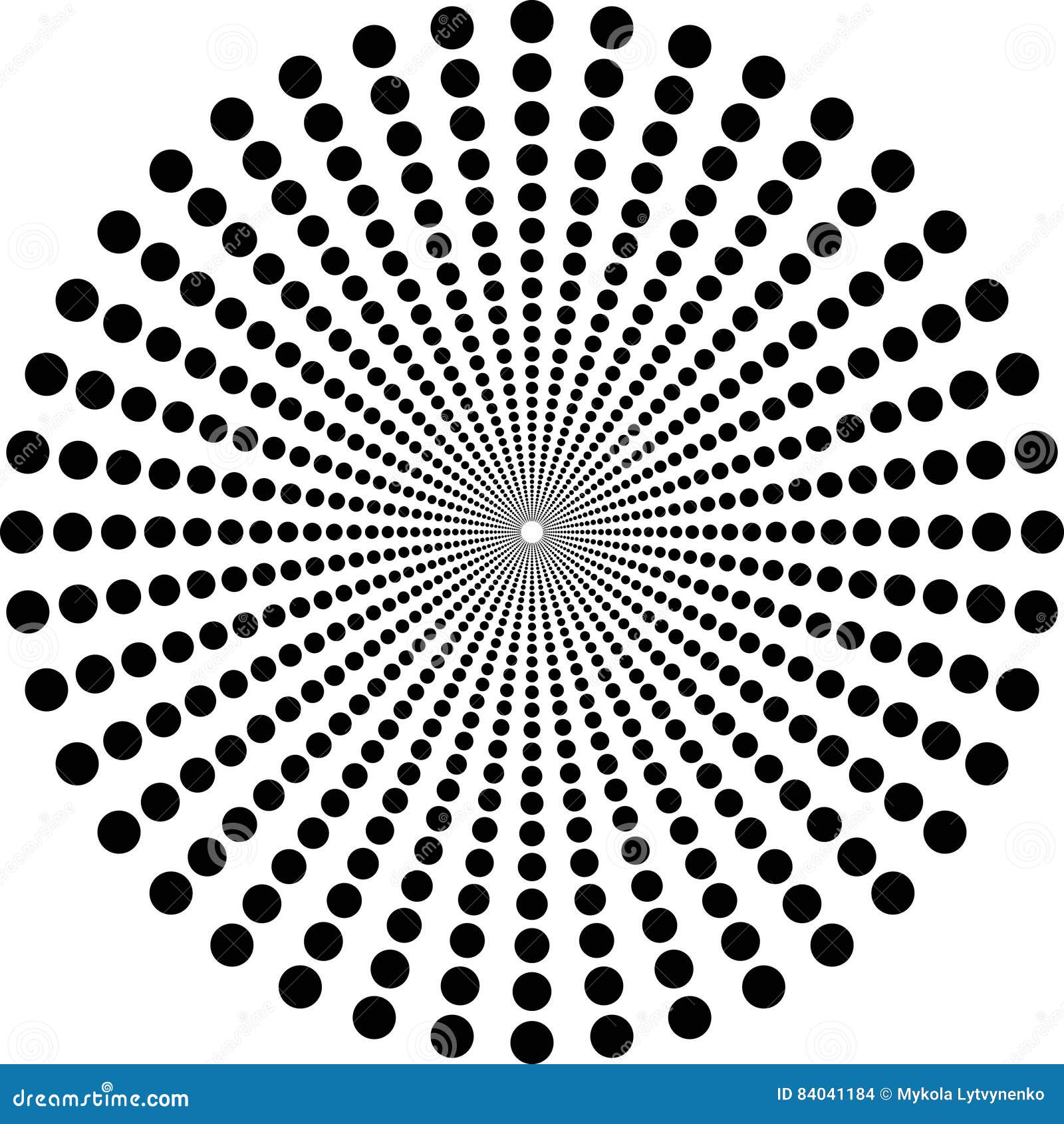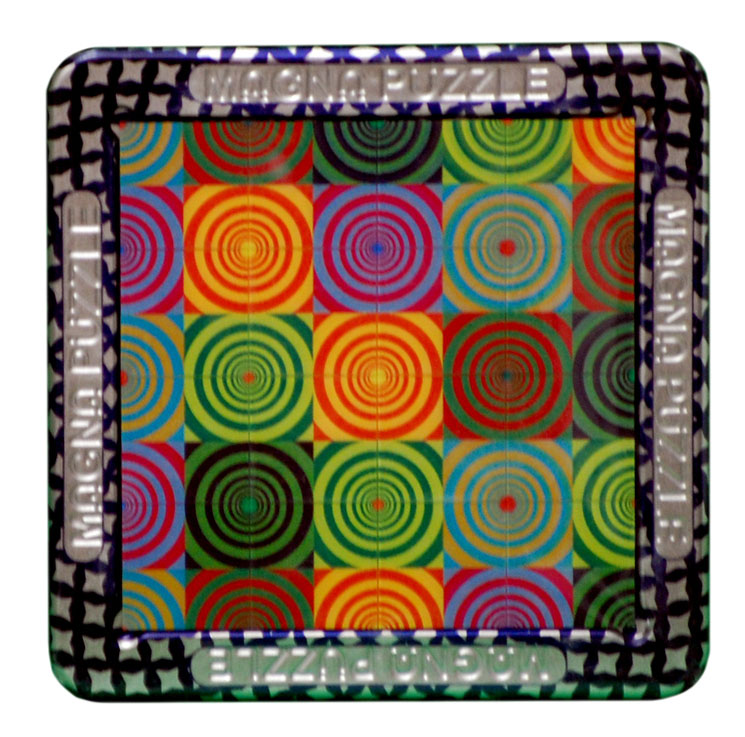


This setup did not produce a footsteps illusion, since there were no static edges to ‘win out’ over the moving edges during their low-contrast periods. To test their competition-based explanation of the footsteps illusion, they showed observers a rectangle translating across a blank screen which flickered from white to black at the same frequency as its leading and trailing edges would normally pass over bars in the original illusion.

RIGHT/LEFT: width of rectangle (changes by one half of column widths on left half of screen each time)Īnother demo was constructed to explore the reverse-phi explanation of the kickback illusion suggested by Howe et al. Mouse Y: height of moving target for smooth pursuit fixation The demo below can be used to explore these illusions: They believe that this is due to reverse-phi motion as the contrast polarities of the leading and trailing edges reverse twice rapidly. The kickback illusion is a related phenomenon they discovered where the rectangle appears to jump backwards strongly upon encountering thin lines of opposite contrast. This is visible when the rectangle moves over the left half of the background in the demo below (fixate on the stationary target at the top). When the leading and trailing edges of the rectangle are over a low-contrast background region, the static lateral and background edges cause the entire rectangle to appear to stop moving. They ascribe the footsteps illusion to ongoing competition between the background, leading/trailing and lateral edges of the moving rectangle. These explorations were inspired by the paper Explaining the footsteps, belly dancer, Wenceslas, and kickback illusions by Howe et al.


 0 kommentar(er)
0 kommentar(er)
